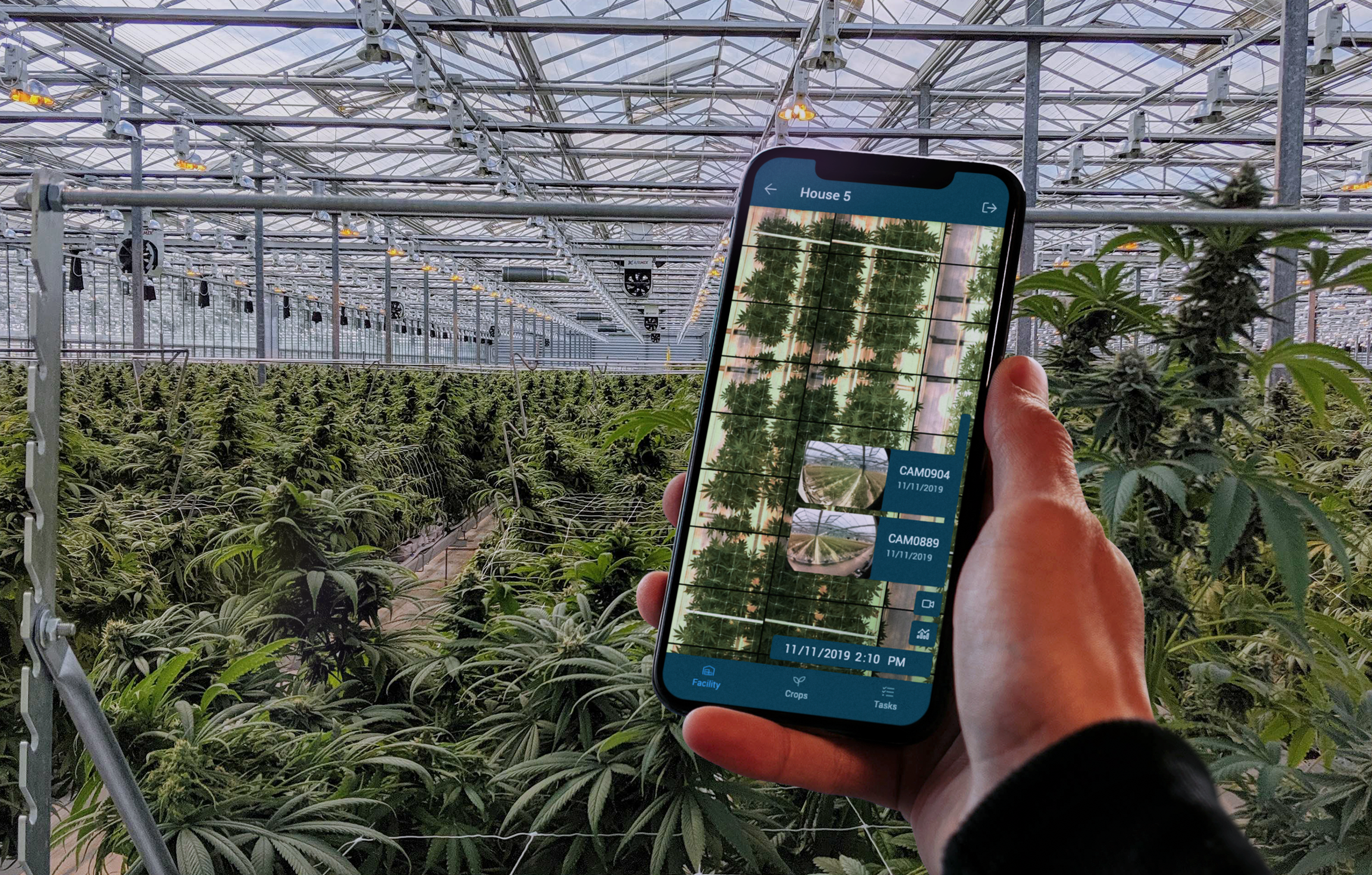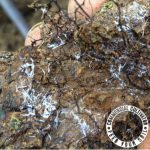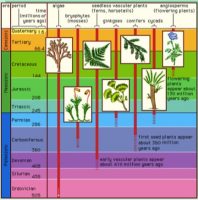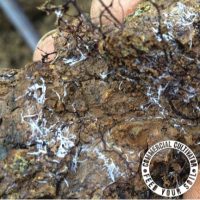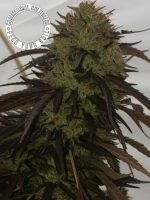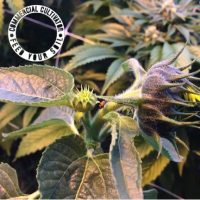One goal all growers seem to agree on is the need to increase density in their houses. How that gets done, well, there are a variety of ways and here’s one way a grower chose to do it:
With 45,000 square feet of greenhouse space, Nathan Fumia, a cannabis grower and consultant for a commercial operation in California, wasn’t pleased with what he was seeing. “If I put my hand inside the canopy and I can see sunlight on it, I’m losing money,” was how he described the situation. Unfortunately, the operators and staff of the greenhouse disagreed. They thought increasing density would rob the leaves of needed light.
He chose to test his theory by increasing the number of plants on one of his benches from 140 to 150 plants. To ensure the validity of the research, Nathan grew the same strain on Bench 1 as Bench 2, and to make sure all the metrics were equal, he even processed the crops separately. After weighing, Bench 2 (his research bench) showed an 8% higher yield than Bench 1.
“The post-harvest data from the weight, yield confirmed my decision to maximize density by increasing the total number of plants per bench,” says Fumia. “Whenever I saw red on the canopy heat map from LUNA, I knew there was room for improvement and I knew that I wasn’t making the money that I should have from those areas.”
 His next challenge was where to place the extra ten plants? Did it make a difference or could he just shove 150 plants in a space that was originally planned for 140? Again, his greenhouse system was able to pinpoint the best sub-sections on the benches and Nathan was able to see exactly which plants were growing the fastest. That also gave him the ability to understand why certain quadrants of the bench were doing better than others.
His next challenge was where to place the extra ten plants? Did it make a difference or could he just shove 150 plants in a space that was originally planned for 140? Again, his greenhouse system was able to pinpoint the best sub-sections on the benches and Nathan was able to see exactly which plants were growing the fastest. That also gave him the ability to understand why certain quadrants of the bench were doing better than others.
“We were able to determine which quadrant on which bench was already at 100% density, and determine which quadrant wasn’t. Without that data, it would have been pure guesswork.”
He dialed down even further to find out which cultivars grew the best on a particular bench in the greenhouse. “Some cannabis cultivars need more light, some need less, some need warmer climates, and some need cooler climates,” Fumia noted. “Additionally, in order to increase the density of flowering points/buds, we began focusing on better pruning techniques in the vegetative phase, directly increasing branches for flowering.”
With optimization even more important now than it was 12-18 months ago, Nathan summed up the impact on his bottom line. “With a crop cycle averaging just over six a year, at that time we were averaging $600-$800 a pound depending on the strain. Some were even more. Ten extra plants per bench per cycle was a nice bounce for us.”
Obviously, this isn’t the only way to increase density. What’s your suggestion? Share your ideas with the rest of us by posting your comments below.

